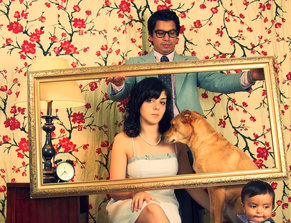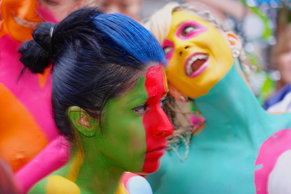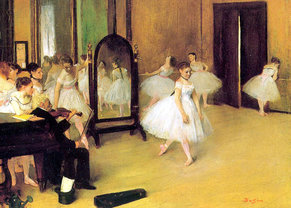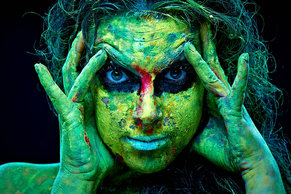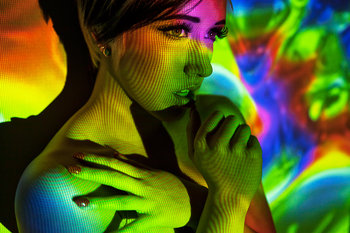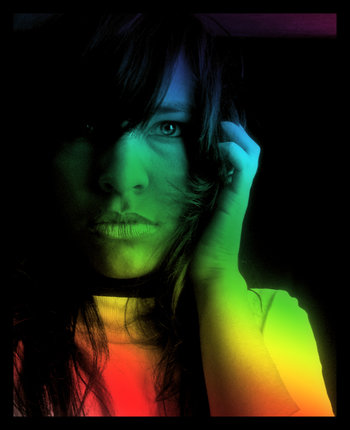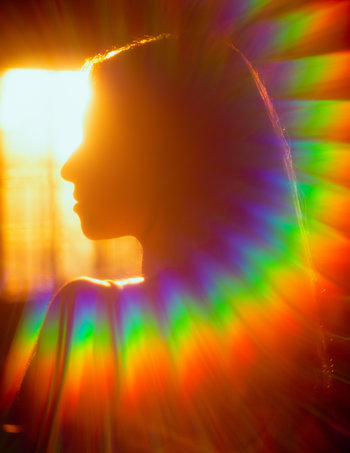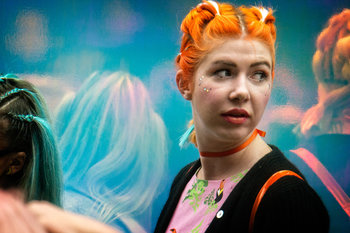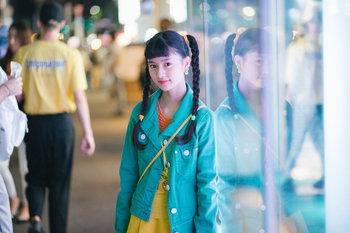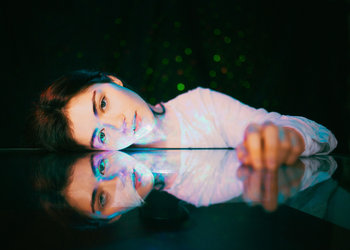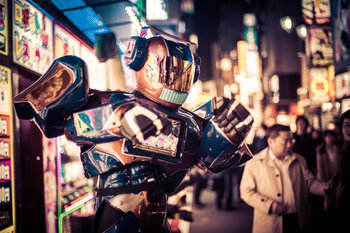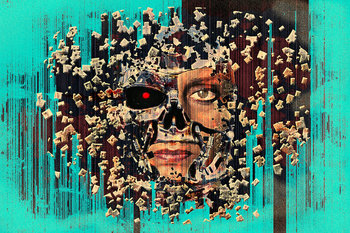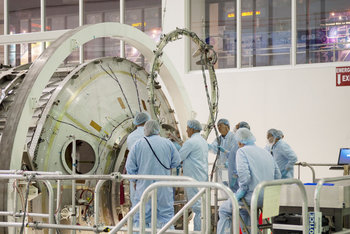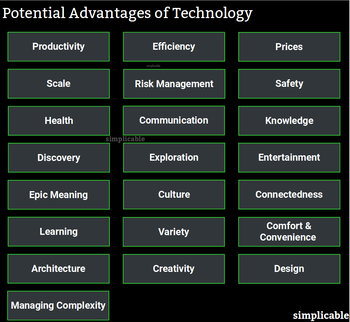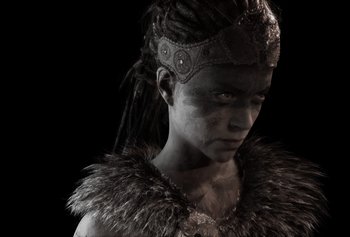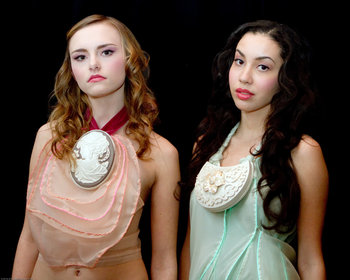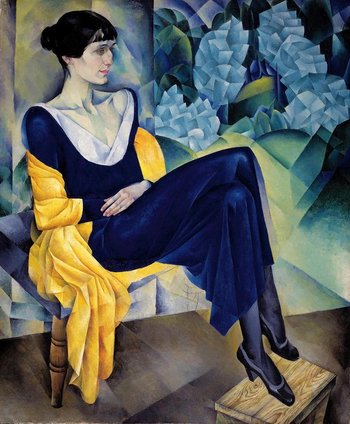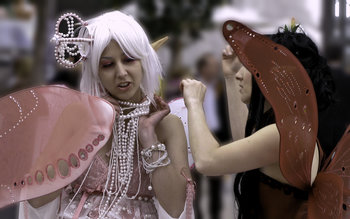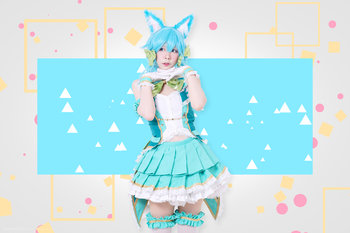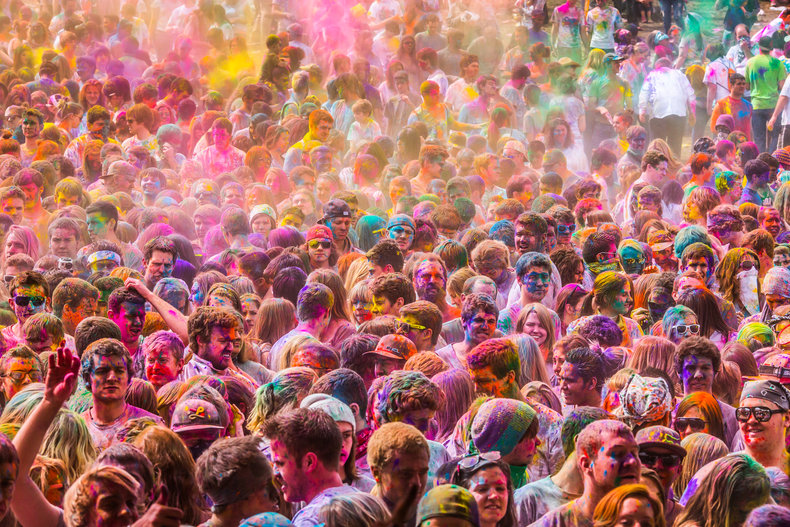
| Number of Colors | Color Depth | Notes |
| 2 | 1-bit | Black and white with no grey. |
| 4 | 2-bit | Usually black + white + light grey + dark grey. |
| 8 | 3-bit | First primitive color displays. |
| 16 | 4-bit | Known as EGA historically used by PC, Macintosh, Commodore 64 and Atari. |
| 32 | 5-bit | Used by Commodore Amiga between 1985 and 1990. |
| 256 | 8-bit | Known as VGA or Super VGA very common between 1988 and 2000. |
| 4,096 | 12-bit | Used by old high-end systems such as Silicon Graphics and NeXTstation |
| 32,768 | 15-bit+1 | Known as High Color. Used 16-bits with one bit for transparency. Historically used by Macintosh. |
| 65,536 | 16-bit | Sixteen bit color without transparency. |
| 262,144 | 18-bit | Used by cheaper models of LCDs that use dithering to approximate 24-bit color. |
| 16,777,216 | 24-bit | Known as True Color. Usually 8-bits each for red, green and blue using a RGB color space. Used by virtually all current high-end screens including monitors, TVs and mobile devices. |
| 1.07 Billion | 30-bit | Known as Deep Color. Widely supported by standards with increasing adoption by manufacturers. |
| 4.29 Billion | 32-bit | Currently not common. |
| 281.5 Trillion | 48-bit | Used internally by cameras and photo processing tools to handle raw data that reaches this level of accuracy. |
Does It Matter?
Humans can distinguish between as few as 10 million colors such that 24-bit true color at over 16 million colors is commonly perceived as completely colorful. However, these 16 million colors don't map exactly to the colors that humans can see such that increasing color depth beyond true color is noticeable. Most current technologies are based on RGB that only uses three primary colors: red, green and blue. This doesn't map to all real world colors. For example, the spectral color violet is simulated with purple such that true violet can't be displayed with RGB. Manufacturers have experimented with adding up to three new primaries: cyan, magenta and yellow that greatly increase the number of colors that can be theoretically displayed. This may justify greater color depths than 24-bit. For example, six primary colors at 8-bits each would represent a 48-bit color depth supporting 281.5 trillion colors. It is likely humans could perceive the difference when this is applied to the millions of pixels in a display with media that was recorded in the same color space.| Overview: Color Depth | ||
Type | ||
Definition | The amount of data in bits that is used to represent a pixel of color by a technology. | |
Related Concepts | ||

